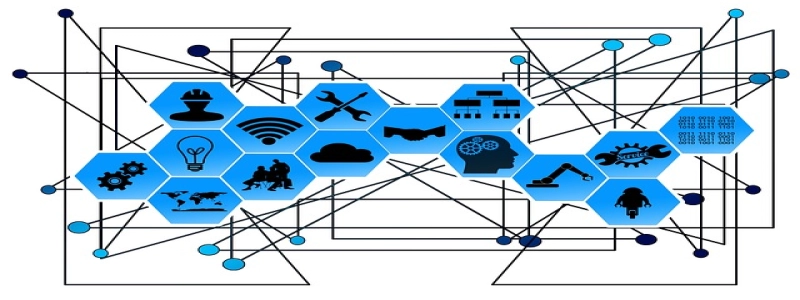Ethernet Switch Security
Introduction:
Ethernet switches are integral components of computer networks that enable the smooth and efficient flow of data packets. However, as with any technology, security vulnerabilities exist that can compromise the integrity and confidentiality of the network. This article aims to provide a comprehensive overview of Ethernet switch security and outline measures that can be taken to enhance network protection.
I. Understanding Ethernet Switches:
1.1 Definition of Ethernet Switch:
An Ethernet switch is a network device that receives, processes, and onward transmits data packets on a local area network (LAN). It operates at the data link layer of the OSI model, providing a combination of hardware and software functionalities.
1.2 Benefits of Ethernet Switches:
Ethernet switches offer several advantages, such as increasing network performance, facilitating better network management, and providing improved security. However, without proper security measures, they can become vulnerable points for cyber threats.
II. Common Security Risks Associated with Ethernet Switches:
2.1 MAC Address Spoofing:
MAC address spoofing involves an attacker imitating a legitimate device’s MAC address. By doing so, they can gain unauthorized access to the network, intercept data packets, or launch various malicious activities.
2.2 VLAN Hopping:
VLAN hopping refers to an attacker bypassing the VLAN boundaries and gaining unauthorized access to other VLANs. This can lead to the unauthorized disclosure of sensitive information or the disruption of network operations.
2.3 VLAN Misconfiguration:
Improper configuration of VLANs can result in security vulnerabilities. For example, if multiple VLANs are configured on the same switchport, an attacker can gain access to unauthorized VLANs and compromise network security.
III. Enhancing Ethernet Switch Security:
3.1 Implementing Port Security:
Port security involves assigning specific MAC addresses to switch ports, thereby preventing unauthorized devices from connecting to the network. By limiting access to known devices, port security mitigates the risk of MAC address spoofing.
3.2 Enforcing VLAN Access Control:
Strict access control policies should be implemented to prevent unauthorized access to VLANs. This includes applying appropriate access control lists (ACLs), configuring VLAN-based port security, and regularly auditing VLAN configurations.
3.3 Regularly Updating Firmware:
Ethernet switch vendors often release firmware updates to address identified security vulnerabilities. Keeping the switch firmware up to date ensures that known security flaws are patched and mitigates the risk of exploitation.
IV. Conclusion:
Ethernet switch security is critical in safeguarding sensitive information and ensuring the smooth operation of computer networks. By understanding the common security risks associated with Ethernet switches and implementing appropriate security measures, network administrators can significantly enhance network protection. It is essential to stay informed about emerging security threats and keep up with best practices to maintain a secure and resilient network infrastructure.








